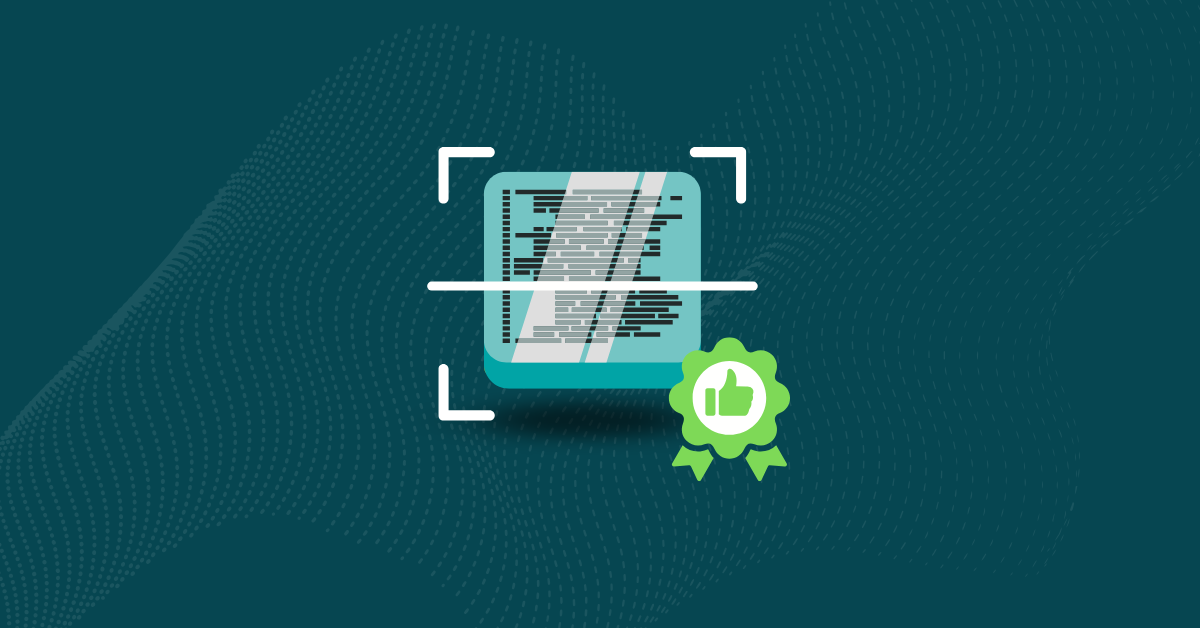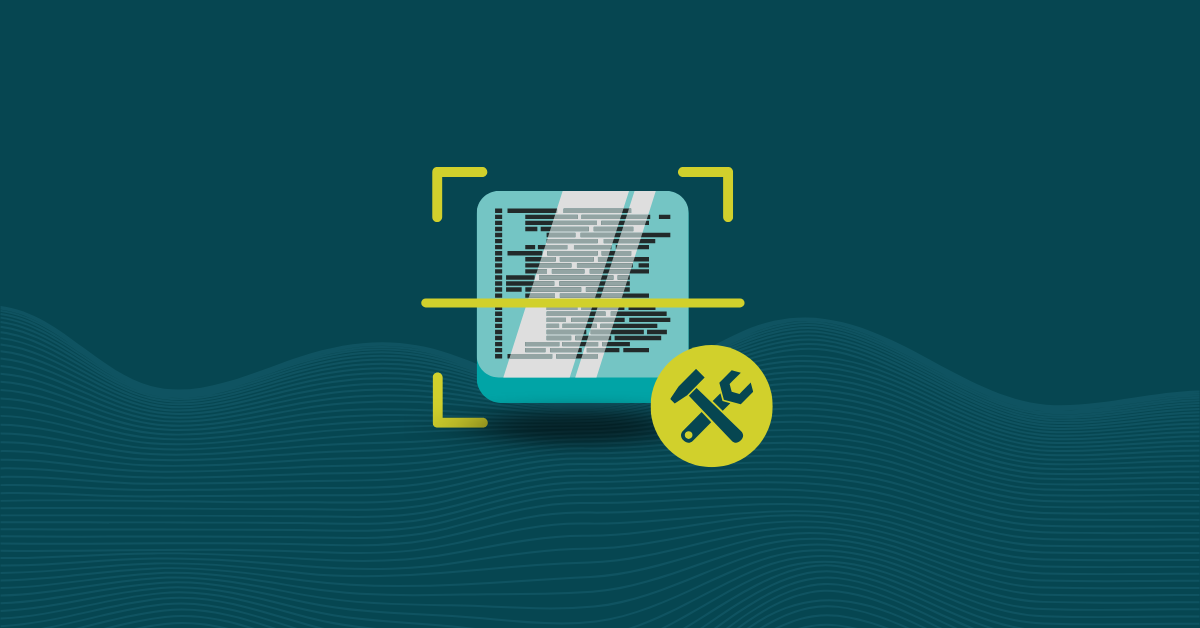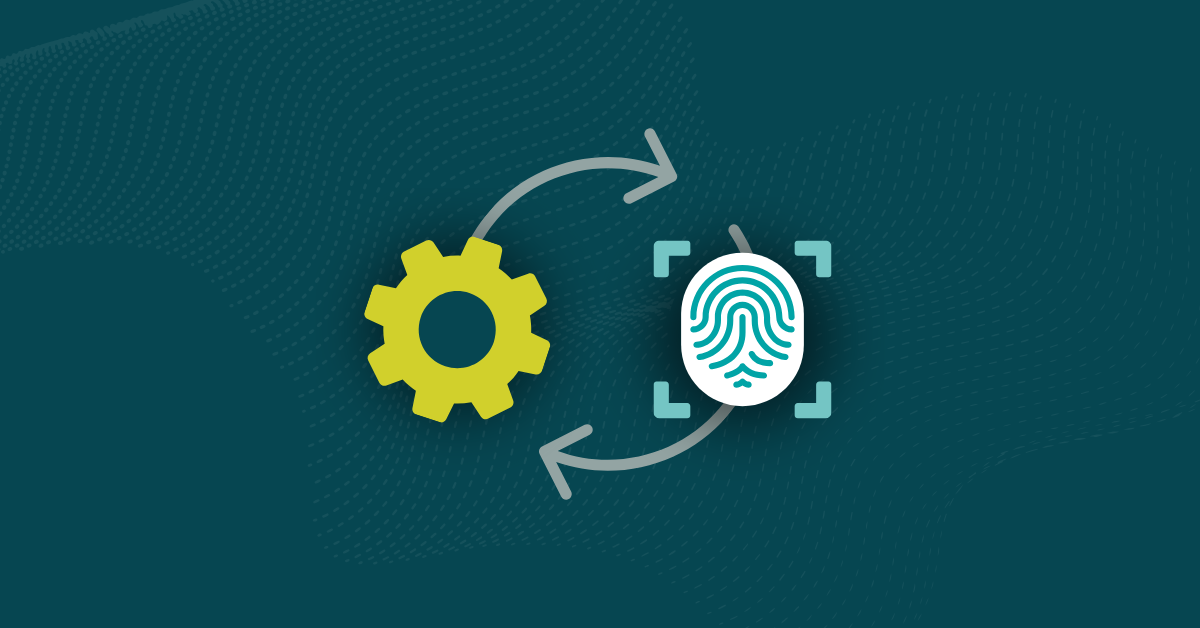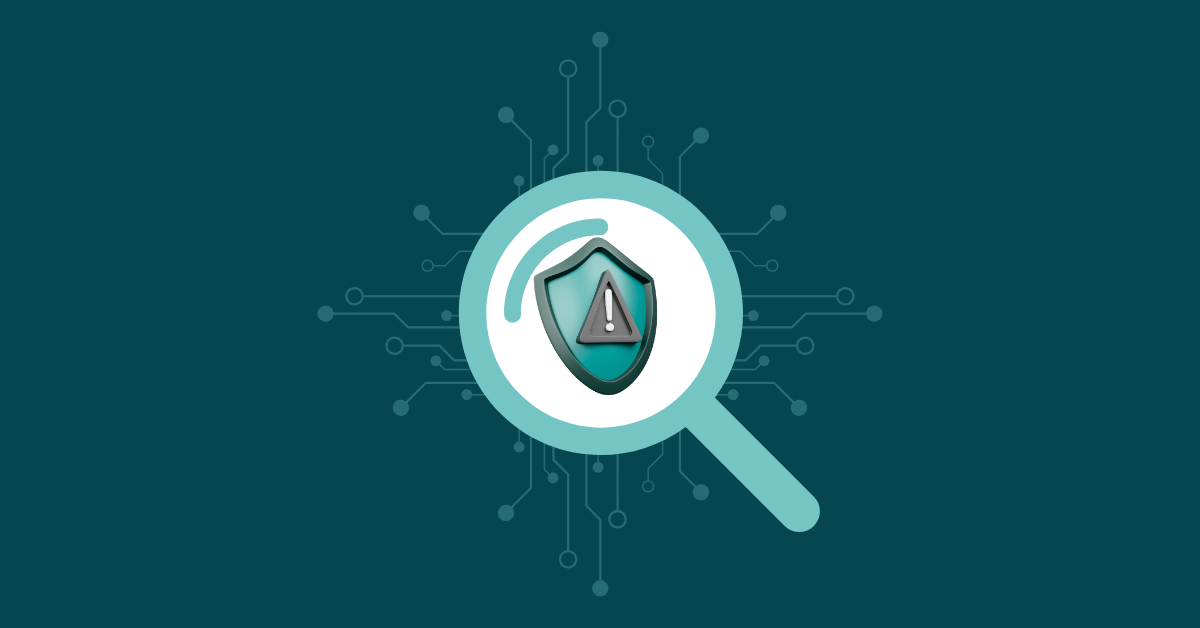

Security is becoming an increasingly important part of the QA process, but its adoption is still uneven. According to the 4th edition of TestRail’s Software Testing and Quality Report, 29% of teams use vulnerability scanners to catch issues before deployment, and only 23% leverage static application security testing (SAST) to find code-level vulnerabilities earlier. That gap signals an opportunity: integrating tools like SAST into development pipelines can strengthen security without slowing delivery.
And the stakes are high. One recent industry report found that 81% of commercial codebases contained high- or critical-risk issues. Another study found that 74% of commercial applications utilized open-source components with high-risk vulnerabilities. This means that skipping scans is a widespread risk hiding in plain sight.
Here, we’ll examine code scanning tools and how to integrate them into your process, ensuring that your software releases are free from vulnerabilities.
Code scanning tools are specialized solutions that analyze your applications for security flaws, misconfigurations, and code quality issues before vulnerabilities reach production.
They help development and security teams detect threats such as SQL injection, cross-site scripting (XSS), and insecure dependencies by examining source code and how applications behave in real-time. These tools are designed to integrate seamlessly within DevOps pipelines, ensuring that secure coding is an integral part of the software development lifecycle (SDLC).
There are several code scanning methods, each targeting different layers of risk:
SAST tools perform static code analysis to analyze source code or binaries without executing the application. They trace data flows, check logic, and flag issues such as hardcoded credentials, insecure APIs, or unsafe function calls. Because they don’t require a live app, they’re ideal for early-stage detection during development.
DAST tools run against a live version of the application, simulating attacks (such as SQL injection or authentication bypass) to identify vulnerabilities during runtime. They provide context on how real-world exploits could play out, making them valuable for catching issues SAST might miss.
Many applications rely on open-source packages and third-party libraries. SCA tools analyze these dependencies for vulnerabilities and licensing risks (which, as we noted earlier, many applications contain). SCA adds essential visibility into this increasingly critical threat surface.
Code scanning platforms are built for automation, speed, and integration. Common touchpoints include:
Software development moves quickly, and security must be integrated into the process. As attack surfaces expand and codebases become increasingly complex, code scanning tools provide a crucial line of defense. They help teams identify vulnerabilities early, uphold coding standards, and maintain code quality throughout the development workflow, ensuring security is a checkpoint rather than a chokepoint.
The earlier a vulnerability is caught, the easier and cheaper it is to fix. Code scanning tools identify issues such as hardcoded secrets, insecure function calls, or flawed access controls before the code reaches production. This minimizes exposure and accelerates remediation across teams and projects.
Manual reviews are vital, but they are limited in scope and speed. Code scanning tools automate the identification of repetitive and high-risk issues, streamlining the code review process. Integrated into your CI/CD pipeline, they ensure that every build is evaluated with consistency and precision without slowing delivery.
High-performing teams recognize that security begins with clean, maintainable code. These tools reinforce coding standards, flag performance bottlenecks, and highlight risky patterns that degrade long-term maintainability and reliability. In doing so, they enable teams to build not just secure code, but better code.
Whether you’re aligning with OWASP, MISRA, PCI DSS, or internal policies, code scanning tools help enforce consistent standards. Centralized dashboards and transparent reporting enable security and compliance teams to track progress, demonstrate alignment, and prepare for audits.
As organizations grow, so do their codebases and the complexity of their team structures. Code scanning tools scale with you to bring consistent policies, real-time feedback, and intelligent prioritization to even the largest engineering orgs. They enable security to become an integral part of the culture, not just a task.
Code scanning tools are powerful, but not perfect. Some may generate false positives or struggle with incomplete projects due to missing binaries or tightly coupled dependencies. Others may miss issues that only appear at runtime. Knowing these boundaries helps pair scanning tools with manual review and dynamic testing for full coverage.
Choosing the right code scanning tool involves striking a balance between technical depth and practical usability. While security and accuracy are non-negotiable, the best tools fit effortlessly into your daily routine to support velocity, not slow it down. Here are the features that matter most.
Your tool should be easy to adopt without sacrificing power. Look for a clean interface, straightforward configuration, and support for common IDEs, such as Visual Studio. Tools that offer native plugins and contextual assistance lower the barrier to entry and improve adoption across teams.
A modern tool should integrate smoothly with your existing development workflow. Top DevOps solutions support CI/CD pipelines, version control platforms such as GitHub, GitLab, and Bitbucket, as well as cloud environments like Azure. Whether triggered by a pull request or embedded in a CLI script, your scanning process should be visible and continuous.
Enforcing internal guidelines and industry frameworks, such as OWASP or NIS, is easier with a scanner that supports rule customization and centralized policy management. Integration with repositories and permissions systems helps enforce coding standards at every stage.
The value of scanning lies not just in detection but in a clear, structured response. Look for tools that provide customizable dashboards, issue-level metrics, and role-specific views for developers, security leads, and compliance teams. The best tools help you prioritize what to fix.
Tools that offer real-time feedback inside the IDE or during pull requests empower developers to fix issues before they snowball. Advanced platforms leverage pattern recognition to detect anomalies more quickly and adapt scanning recommendations to your team’s specific habits.
As your engineering org grows, so should your scanning capabilities. Look for tools with native support for automation frameworks (such as GitHub Actions), along with flexible API access and command-line (CLI) extensibility, so you can integrate scanning into your workflows.
The landscape of code scanning tools is broad and rapidly evolving, spanning from lightweight, open-source utilities to enterprise-grade platforms tailored for compliance-intensive environments. Choosing the right tool depends on your team’s goals, tech stack, and the level of security and governance your organization requires.
Some tools prioritize seamless integration with platforms like GitHub. Others focus on rigorous static analysis, OWASP or MISRA compliance, or software supply chain security. Whether you’re scanning every pull request in a startup monorepo or auditing mission-critical aerospace systems, there’s a tool built to match.
No matter your chosen tool, its impact depends on how well it’s implemented and adopted. Code scanning requires thoughtful integration, team buy-in, and ongoing refinement to deliver tangible security gains. Here’s how to make the most of your investment:
Embed scanning into your CI/CD pipelines so issues are caught before they reach production. The goal is to shift security left so that you’re closer to where code is written, and remediation becomes part of the routine, rather than a last-minute scramble.
Out-of-the-box settings can create excessive noise. Tuning your rulesets to match your tech stack, risk tolerance, and coding standards helps reduce false positives and keeps teams focused on fundamental issues. Don’t be afraid to iterate‚ustomization is key to long-term value.
Even the most advanced tools won’t help without adoption. Ensure your development teams understand how to interpret scan results, efficiently fix issues, and recognize patterns over time. Training, documentation, and tight feedback loops are essential.
Many vulnerabilities originate from third-party libraries, rather than your own code. Use secret detection tools and dependency scanners to monitor your supply chain. Securing your code means securing the ecosystem it depends on.
Ultimately, code scanning is part of a greater effort: to build and maintain secure code as a standard, not an exception. Reinforce this by celebrating improvements, tracking metrics, and making secure practices part of your company values, not just your checklists.
In today’s development landscape, the cost of ignoring vulnerabilities far outweighs the effort it takes to prevent them. Code scanning tools are essential for maintaining code quality, enforcing standards, and enabling developers to build secure software.
When integrated early in the SDLC, these tools reduce risk, speed up remediation, and support long-term excellence. As DevSecOps practices mature, scanning becomes more than a safeguard: it’s a strategic advantage.
Kiuwan was built with this in mind. If you’re ready to take the next step toward scalable, automated code security, request a free demo and explore how Kiuwan can help.
SAST (Static Application Security Testing) analyzes source code or binaries without executing them. DAST (Dynamic Application Security Testing) tests running applications in real time. SCA (Software Composition Analysis) scans third-party dependencies for known vulnerabilities and licensing risks.
Not when properly integrated. In fact, scanning tools improve velocity by catching issues early, reducing rework, and preventing delays later in the lifecycle.
Most tools are highly accurate, with configurable rule sets, although some false positives are expected. Fine-tuning scan configurations and adding human review where needed helps maintain signal-to-noise balance.
Yes. Tools like Kiuwan support various programming languages and frameworks, making them ideal for polyglot codebases.
SCA tools analyze open-source libraries and packages for known vulnerabilities, outdated versions, and license risks so you can secure your software supply chain.
They’re valuable for teams of any size. Smaller teams benefit from automation and visibility, while larger organizations can scale consistent policies across multiple teams and applications.
Look for easy integration with your existing tools and processes (such as GitHub, Azure DevOps, and CLI), customizable rule sets, real-time feedback, support for compliance standards like OWASP or MISRA, and clear, actionable reporting.


